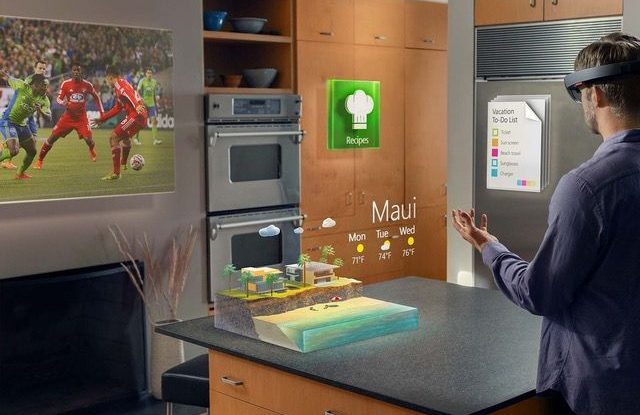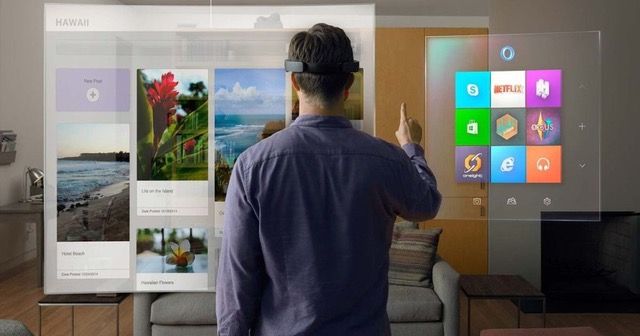The last 2 or 3 years we have witnessed an unprecedented fever, first by virtual reality and soon after by augmented reality. However, the revolution that both promise is making us wait longer than anticipated, at least in terms of the expectations that they had about their adoption. A combination of the lack of quality content and the high price of the devices at the moment has meant that, although the mass public’s interest in this technology continues to be very great, its adoption has begun especially in the business world, where its return it is more evident today.
But do not spread discouragement. A new technology seems to be called to overcome the limitations of its predecessors. A technology that, according to experts, will change the way we see and above all, interact with the world around us. We are talking, without a doubt, about Mixed Reality.

But what is mixed reality? What is going to contribute of novelty? And above all, where is it today?
Mixed Reality (MR) vs Virtual Reality (VR) / Augmented (AR)
Also called hybrid reality; Mixed reality is the fusion of real and virtual worlds to produce new environments and visualizations where physical and digital objects coexist and interact in real time.
Here a first question arises. What differences are there between mixed, virtual and augmented reality?
To explain it in a simple way we could say that virtual is based on the creation of digital environments by computer, that is, we move to a totally different world in which we lose all relationship with the real world around us.
Mixed reality is a stunning new experience that combines the excitement of virtual reality with an exceptional sense of presence
Instead, augmented reality provides us with live images of our real surroundings, but some elements are “augmented” with computer-generated sensory stimuli. In this way, we always see the physical world around us but with an added virtual layer, although the interactivity with this layer is limited or directly nil.

Mixed reality has many similarities with augmented reality, but it manages to integrate all the elements with much more precision and offers total interaction with the user. To do so, it leverages graphics card technologies, high-resolution displays and miniature monitors, location and mobile technologies, small digital video cameras, wireless and web technologies; as well as visualization software developed in the last decades.
Mixed reality today
With the permission of the mysterious company Magic Leap, at the moment the best positioned company in this field is Microsoft, which, after presenting its Hololens a couple of years ago, last week unveiled its mixed reality platform built on Windows 10.
The birth of Hololens in 2015 was a real step towards conquering true mixed reality in its purest sense. By putting on the helmet we can experiment and interact with virtual elements perfectly integrated into our environment. However, its exorbitant price (more than $ 3,000) places it within the reach of very few.
Microsoft’s solution has been Windows mixed reality, which unlike Hololens is not a closed package of software and glasses, but a program compatible with, for now, 6 glasses from different brands. That is, like Windows for any brand of PC.
With this idea, Micorosft is trying to make the concept of mixed reality spread more quickly thanks to more competitive prices. But despite its name and the marketing effort we must say that the new mixed reality of Microsoft actually looks much more like the virtual reality of Oculus and HTC than what we can see with the Hololens, at least for the moment.
Once again, we must ask ourselves whether we are facing a new bubble or, on the contrary, we are finally facing the first steps of that third digital revolution (after the internet and smartphones). The potential of this new technological wave is practically unlimited and the first pioneers are already launching to exploit it. Regarding how long it will take to see its mass adoption … well, bets are accepted.


